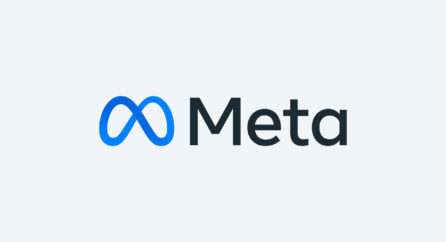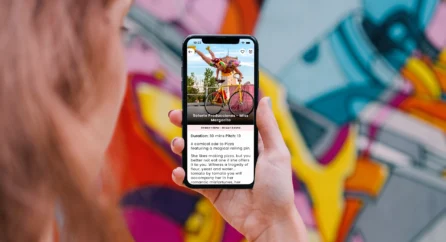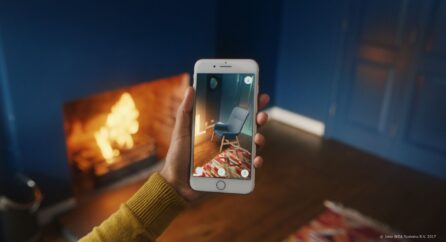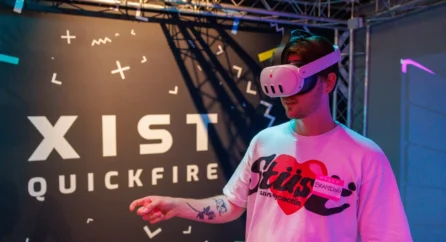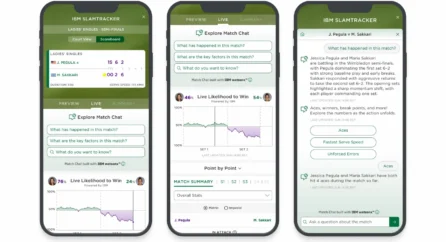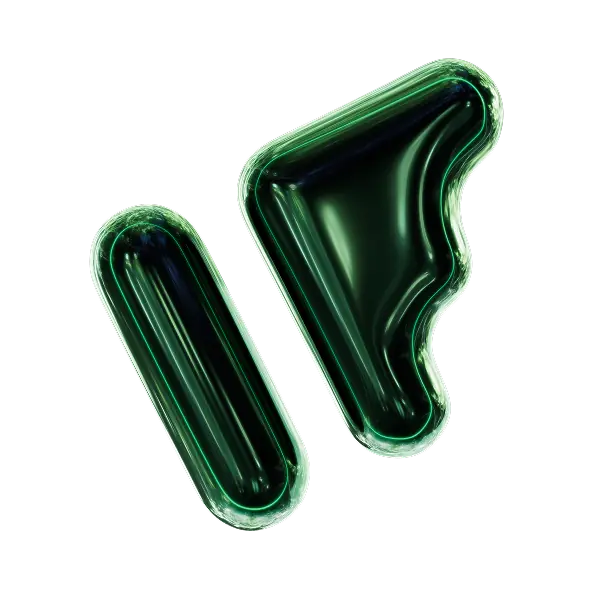Home Knowledge Base Creating compelling stories in 360 video
Creating compelling stories in 360 video
30th May 2017
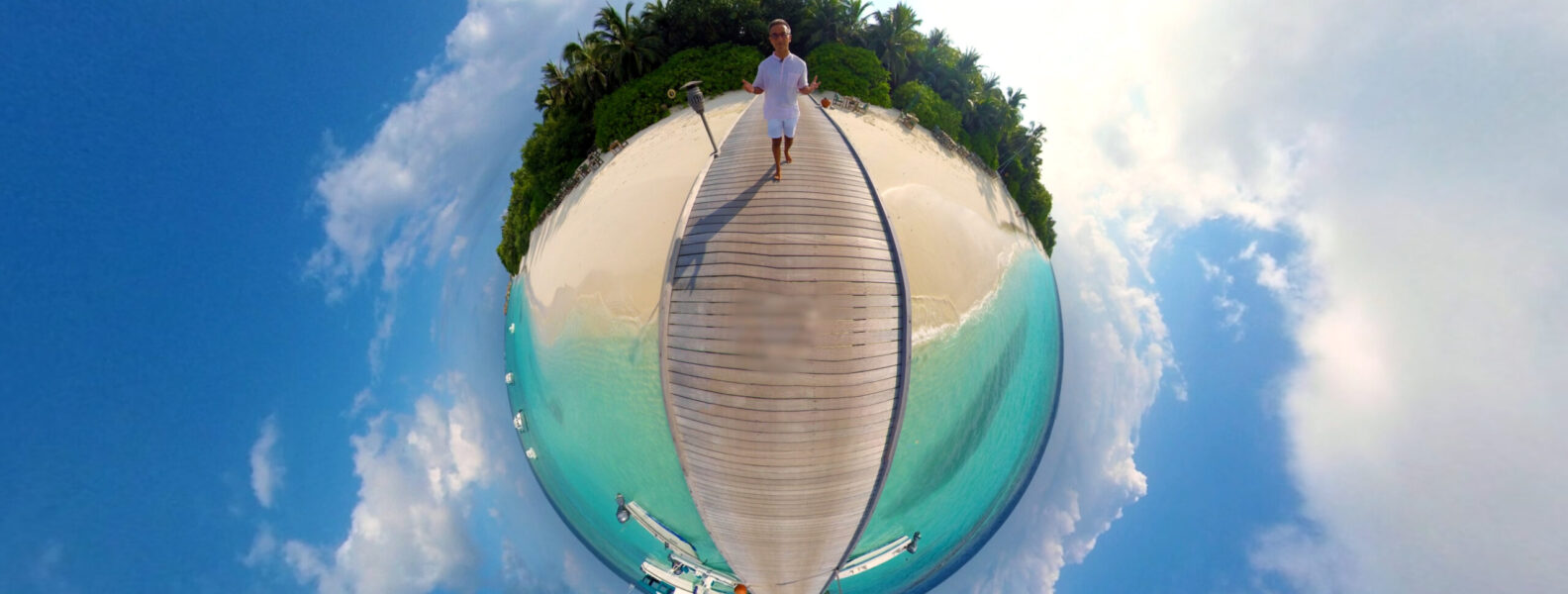
Discussions about whether bodies should exist in VR and how this influences storytelling have been explored elsewhere. For a detailed study on how position, bodies, and action framing affect viewers, we recommend this Medium article.
This piece focuses on how the psychology of camerawork and editing impacts audiences, highlighting current VR filmmaking experiences that demonstrate what’s possible in immersive storytelling.
The most important principle: the audience experiences the story through the camera’s perspective. How the camera moves or positions itself directly affects interpretation. Decisions in framing and motion ultimately shape the story being told — and 360 filmmaking is no exception.
Using motion to shape narrative
Movement, or its absence, speaks volumes in storytelling.
-
Following the action: In Help, movement follows a rampaging monster, immersing viewers in the chaos while tracking human struggles.
-
Reflective movement: In the Gorillaz music video, drifting camera sensations indicate the characters’ reflective state, creating an infinite immersive void.
Key takeaway: Orchestrated motion, designed with audience response in mind, elevates immersion.
Using stasis to enhance focus
Static positioning can be just as powerful as motion.
-
In Pearl, the camera remains mostly still, encouraging viewers to focus on the emotional narrative. A subtle pan towards the father at the end delivers a profound emotional impact.
-
In Fossil Hunters, steady camera placement guides attention to story and information, preventing distraction even in unscripted footage.
Tip: Static cameras create emotional connection and ensure the audience sees what matters most.
The power of the single take
Many standout 360 videos, including Gorillaz, OneRepublic, and Help, use a single continuous shot.
-
Why it works: Long takes heighten impact, giving viewers freedom of focus.
-
360-specific example: In The Invasion, a single static camera captures characters moving through depth space (z-space), layering visual engagement without cuts.
When to cut and edit carefully
Editing in 360 video can amplify or disrupt immersion:
-
Jump cuts: 1941 Reenactment and French Foreign Legion use cuts to create disorientation that fits the subject.
-
Soft transitions: A Miracle of Nature uses gentle fades for a calming effect.
-
Anchored reference: In Pearl and The Recruit, consistent objects (a car interior, a desk) guide focus despite cuts, minimizing disorientation.
Key takeaway: Effective editing balances immersion and audience comfort.
Technique is everything
360 filmmaking is still evolving. Unlike traditional media, audiences must commit to immersion.
-
Opportunity: With the right approach, creators can educate, inspire, or entertain.
-
Responsibility: Poor technique risks breaking immersion and losing attention.
Filmmakers must continuously ask: how should the audience react to this experience?
Infinite Form demonstrates that compelling 360 storytelling is not only possible – it thrives when the right techniques are applied to the right projects.
Creating immersive, compelling 360 narratives requires thoughtful camerawork, motion, and editing. Our team can help you design VR experiences that maximize engagement and emotional impact.
Related posts





